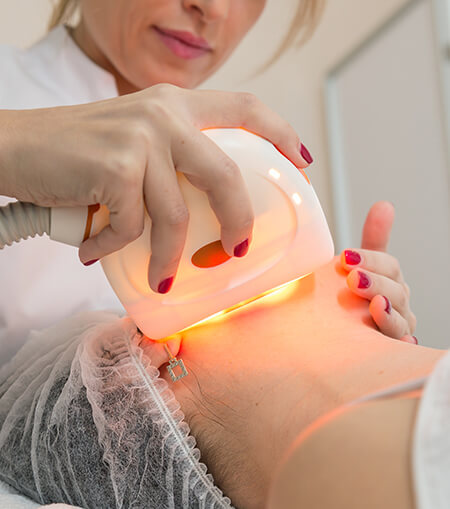Call Us - 010-2717-1145

Natural and New Technology
Overview
Moles are a common type of skin growth. They often appear as small, dark brown spots and are caused by clusters of pigmented cells. Moles generally appear during childhood and adolescence. Most people have 10 to 40 moles, some of which may change in appearance or fade away over time.
Most moles are harmless. Rarely, they become cancerous. Monitoring moles and other pigmented patches is an important step in detecting skin cancer, especially malignant melanoma.
Contact us to schedule your Treatment today!
Procedure VideosSafe & Painless
Moles can develop anywhere on your body, including your scalp, armpits, under your nails, and between your fingers and toes. Most people have 10 to 40 moles. Many of these develop by age 50. Moles may change in appearance or fade away over time. Hormonal changes of adolescence and pregnancy may cause moles to become darker and larger.
Etiam sit amet orci eget eros faucibus tincidunt. Sed fringilla mauris sit amet nibh.Nullam quis ante etiam sit amet orci eget.eros faucibus tincidunt duis leo.


Skin, Body & Face
There are several skin lesions that are very common and benign (non-cancerous). These conditions include moles, freckles, skin tags, benign lentigines, and seborrheic keratoses.
Etiam sit amet orci eget eros faucibus tincidunt. Sed fringilla mauris sit amet nibh.Nullam quis ante etiam sit amet orci eget.eros faucibus tincidunt duis leo.
Tests and Consulting
There are several skin lesions that are very common and benign (non-cancerous). These conditions include moles, freckles, skin tags, benign lentigines, and seborrheic keratoses.
Etiam sit amet orci eget eros faucibus tincidunt. Sed fringilla mauris sit amet nibh.Nullam quis ante etiam sit amet orci eget.eros faucibus tincidunt duis leo.

